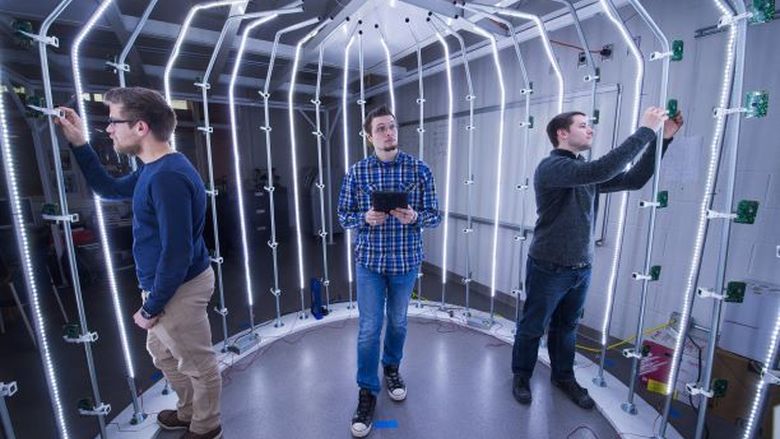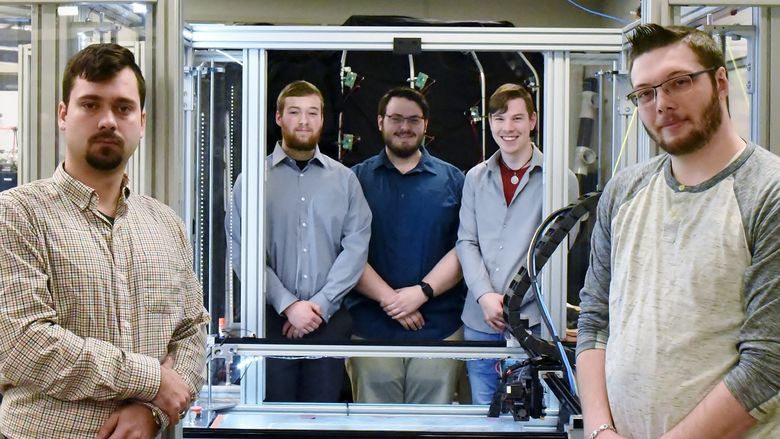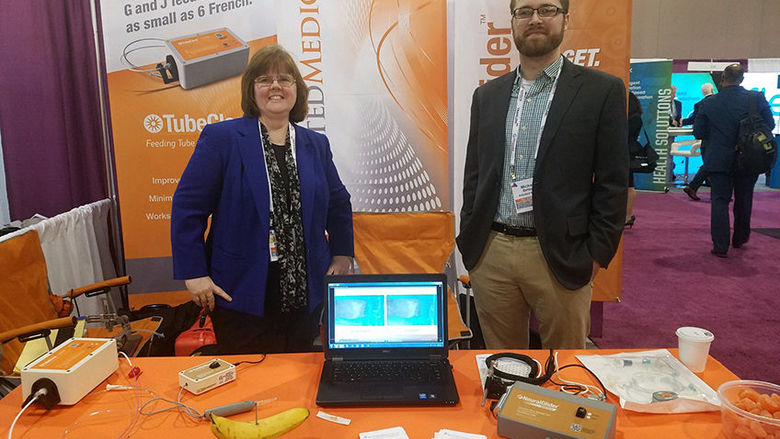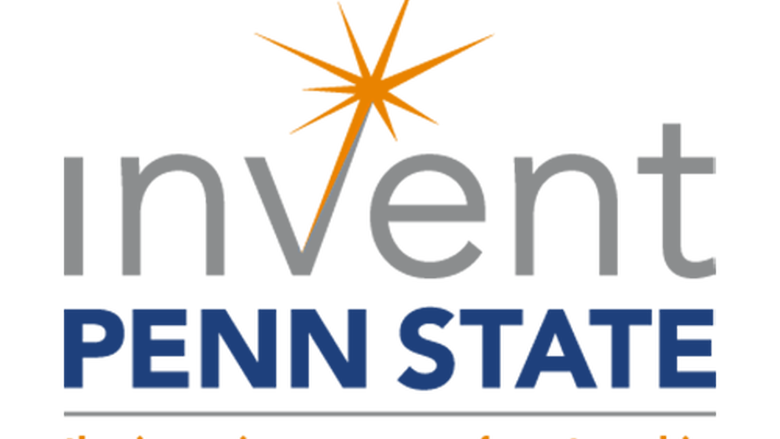ERIE, Pa. -- If you own a smartphone, you’ve likely contributed to what business experts call an “innovation ecosystem,” a network of companies that work together — and, at times, with competitors — to develop new products, markets and technologies.
It’s called the app store.
App stores make money for the companies that host them. Apple, Google and Microsoft pocket roughly 30 percent of every transaction that occurs on their platforms, according to ZDNet, which tracks technology news. The sites can be an even bigger boon for app developers, who can build a business empire with little more than a slingshot and some cartoon birds.
“Say you have an idea, and it’s a great idea,” said Ralph Ford, chancellor of Penn State Erie, The Behrend College, where an open-lab model of learning encourages collaboration by students, faculty members and private-sector business partners. “You may even have a prototype. But at some point in the process, you get stuck. You can’t move on to production, or to the commercialization stage. You can’t find the right market.”
Investors call that the “valley of death.” Few entrepreneurs find a way through it: Ninety percent of all new companies fail within three years, according to Forbes.
“They falter because of a lack of experience and an inability to respond to the challenges of moving from a prototype to full-scale manufacturing,” Ford said. “That’s why having a mentor, someone who can take you from point A to point B, is so critical.”
An active network of innovators and entrepreneurs backed by educational, industry and government partners can do more than make a few companies money, Ford said. It just might revive Erie’s economy.
Ford discussed his vision for such a system and detailed what Penn State is doing to support entrepreneurs during a Sept. 27 lecture at the Jefferson Educational Society in Erie. Here, he revisits some of his key points:
Q: We’ve seen a few local start-ups gain traction in recent years, including AcousticSheep, Radius CoWork and Beaumont Technologies. In many ways, however, Erie’s economy is still anchored to traditional manufacturing. How long can that last?
A: People are beginning to accept that we need to make a fundamental change. Look at the unemployment rate, which is 6.7 percent. That’s higher than it was at this time last year. Look at the average income in Erie. There is a widening gap there. That’s bad news, and you can’t sugarcoat it.
Q: How and where are local entrepreneurs finding support?
A: People are starting to come together. Our Ignite Erie partnership with the Erie County Gaming Revenue Authority and Mercyhurst University is connecting the experts and investors who can develop that support structure. The Innovation Collaborative is providing visibility and support for entrepreneurs. Emerge 2040 and Erie’s new comprehensive plan will help to bring a unifying vision to the broader effort, if enough people buy in.
Q: What can the region’s academic institutions contribute?
A: Universities have always had a significant role in these systems. We’re one of the key ingredients: We have access to students, faculty experts, ideas and services at a scale that no one else can match. There is a responsibility that comes with that: Universities can slow or even block the process if they try to claim too much ownership of intellectual property. We’re conscious of that and have intentionally moved in the opposite direction at Penn State: If you partner with us on a research project, you own the intellectual property that is developed during that project.
Q: Will the landscape change if any of these recent start-up companies breaks through and attains major commercial success?
A: It will take more than one. We need a number of them to do well, and to invest back into the ecosystem that supported them. For our trajectory to change, we need a lot of wins, big and small.
Robb Frederick
Director of Strategic Communications, Penn State Behrend






